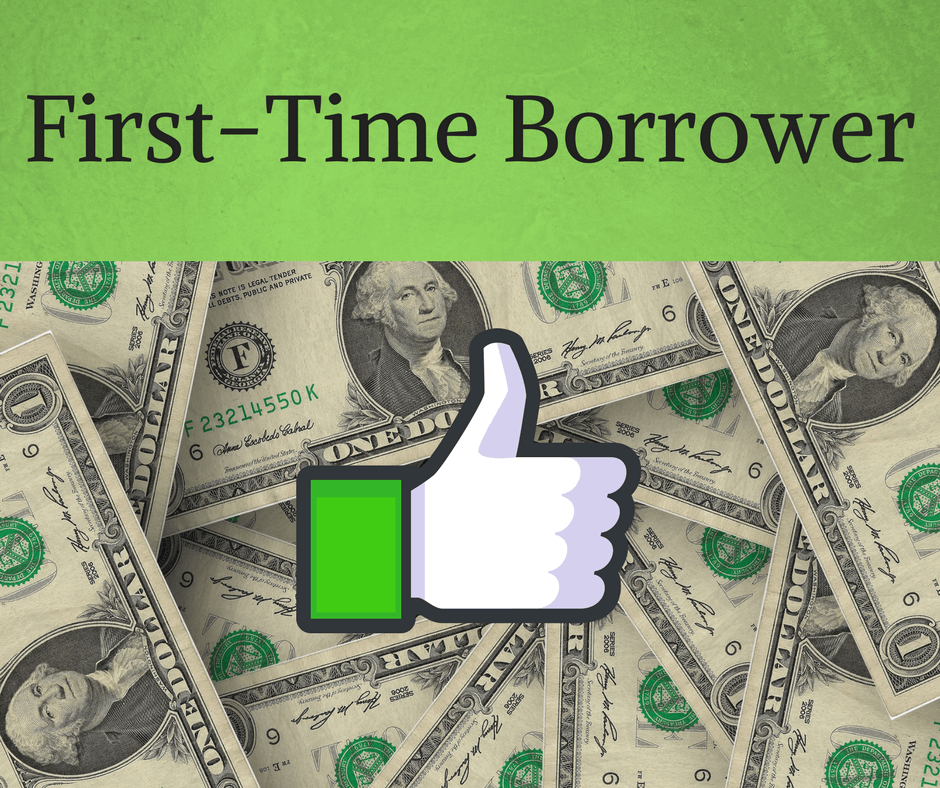6/20/2017

Flickr user Pictures of Money
In May, Congress announced that the federal student loan interest rates would be increasing. Starting effective July 1st, 2017 the rate for Direct Subsidized Loans and Direct Unsubsidized Loans for undergraduate students will rise to 4.45%. For graduate students, the increase is going up to 6%.
What it Means for Borrowers
Starting July 1st, student borrowers who take out federal loans can expect to be repaying more money than before, due to an increased interest rate. Therefore, it is more important than ever before to properly plan to fund a college education, prioritize your financial aid options, and budget smartly.
What about Private Loans?
Before the rate hike, it was always strongly suggested that students pursue a federal loan before considering a private student loan—as federal loans had lower interest rates and more flexible repayment plans. Now, however, that advice may not be as heavily stressed.
Though the interest rates are indeed higher, federal loans still have more flexible repayment plans than their private loan counterparts. Private loans, however, may now be a more affordable option for students.
College Raptor’s new Student Loan Finder can help you find private student loans that work for you. Compare lenders and interest rates to find the ideal loan option for you—for FREE!

Explore EVERY Opportunity
With increasing interest rates, cost of tuition, and combined student loan debt of $1.3 trillion, it is incredible important to plan ahead and plan thoroughly. Parents should plan for their child’s higher education as soon as they can. Students should be dedicated and persistent in their search for scholarships and apply to multiple ones— it is hands down the best way to fund an education. After scholarships and grants, students should look for a work-study program.
Loans should be a last resort. If a student needs to turn to taking out a loan, it is vital that they do plenty of research into their loan options—both private and federal. Things like repayment plans, interest rates, and variable vs. fixed rates if you refinance, should be considered before ever signing the dotted line.
Exploring every opportunity is imperative so you understand all the options available, and how they’ll affect you.





